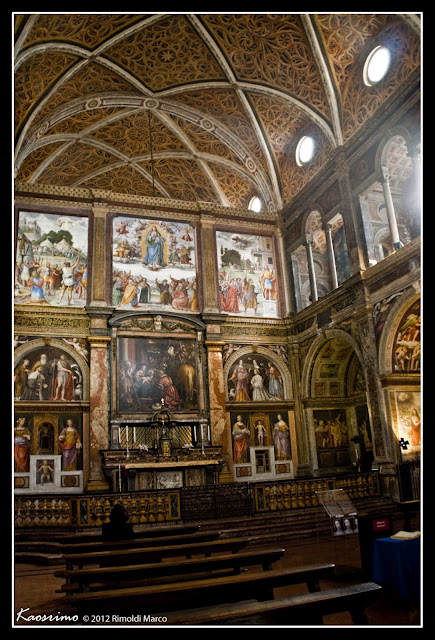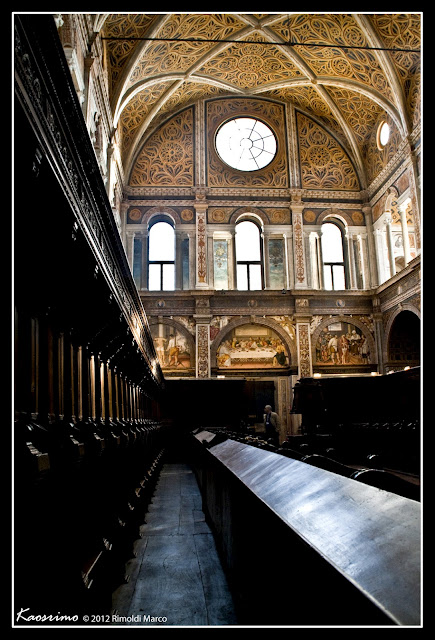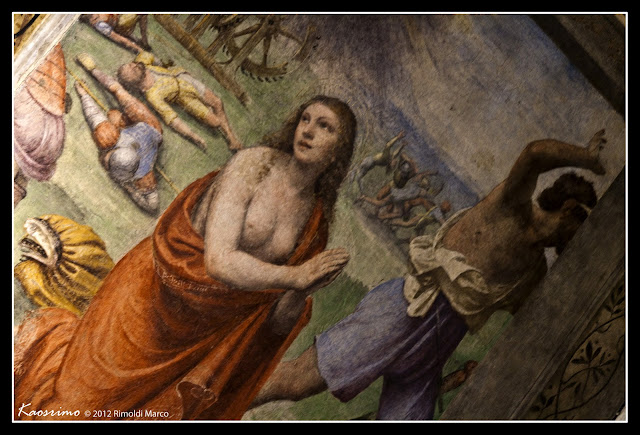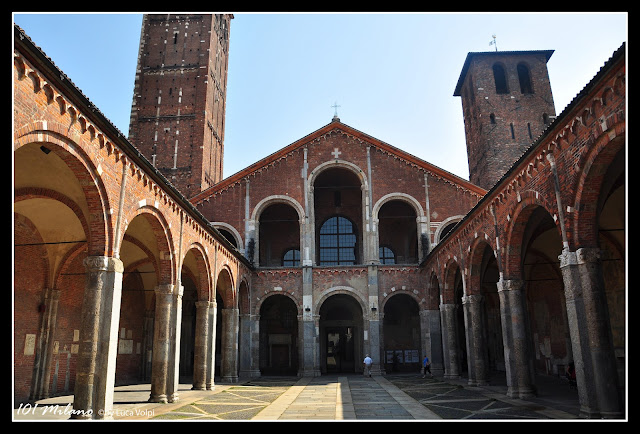18. Learn to fence, at Palazzo Spinola

Palazzo Spinola si trova all’inizio di via San Paolo, proprio all’angolo con Piazza del Liberty (vedi anche il punto 102. Un angolo di Maranello in centro a Milano).
Il palazzo fu fatto costruire dal banchiere genovese Leonardo Spinola - già "ragazzo di bottega" del banchiere e faccendiere genovese Tommaso Marino - e fu terminato nel 1597.
Questo palazzo è la sede dell’antichissima Società del Giardino. | Spinola Palace is located at the beginning of Via San Paolo, right at the corner of Piazza del Liberty (see also point 102. A corner of Maranello in the center of Milan).
The palace was built by the Genoese banker Leonardo Spinola - already "shop boy" of the Genoese banker and fixer Tommaso Marino - and was completed in 1597.
This palace is the home of the ancient Società del Giardino. |

La Società del Giardino è un circolo con accesso riservato ai soci, non è pertanto accessibile ai turisti. Se volete visitare l’interno di palazzo Spinola avete le seguenti alternative:
- Diventare soci, ma fidatevi, l’impresa è assai ardua;
- Diventare un atleta della rinomata squadra di scherma;
- Farsi accompagnare da un socio;
- Trovare e partecipare ad una delle rare occasioni in cui il palazzo viene aperto al pubblico per visite guidate o concerti;
Noi siamo riusciti nell’impresa grazie all’Associazione Culturale “Città Nascosta Milano ” e alla sua iniziativa “La Cultura si Mangia: UN PANINO CON… La Società del Giardino a Palazzo Spinola”. | The “Società del Giardino” is a circle with access restricted to members, is therefore not accessible to tourists. If you want to visit the interior of Palazzo Spinola you have the following alternatives:
- To become a members, but trust me, the quest is hard;
- To become a famous athlete of the fencing team;
- To be accompanied by a member;
- Find and join to one of the rare occasions in which the palace is open to the public for guided tours or concerts;
We succeed thanks to the Cultural Association "Città Nascosta Milano" and his initiative "Culture to Eat: A SANDWICH WITH ... The Company's Garden at Palazzo Spinola." |
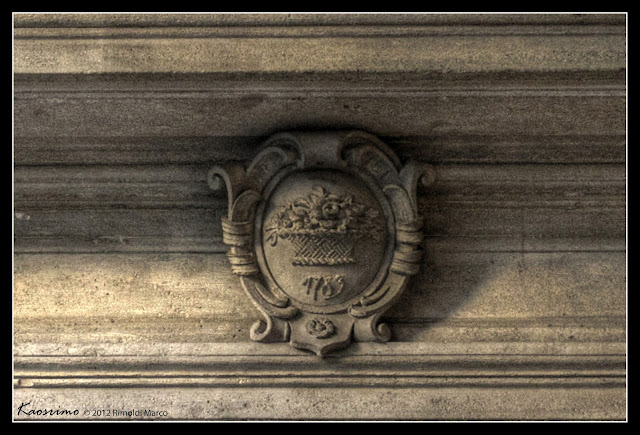
La Società del Giardino è stata fondata nel 1783 allo scopo di “formare giovani galantuomini”, per trascorrere alcune ore di svago, soprattutto giocando alle bocce. Il gruppo è composto da borghesi e non ha pretese culturali o politiche.
Palazzo Spinola fu acquistato dalla Società del Giardino nel 1818 da Francesco Cusani per 150.000 lire. | The “Società del Giardino” was founded in 1783 in order to "train young gentlemen", to spend a few hours of entertainment, especially playing at bowls. The group is made up of middle-class and does not claim cultural or political beliefs.
Palazzo Spinola was bought by the “Società del Giardino” in 1818 from Francesco Cusani for 150,000 lire. |

| I lavori di restauro sono affidati all’architetto Arganini, il quale stupirà i milanesi con la sua Sala d’Oro, che viene da allora utilizzata per balli e concerti, dei quali il più celebre si tenne nel giugno 1825, in occasione della visita a Milano dell’imperatore Francesco I. | Restoration works were entrusted to the architect Arganini, which surprised the Milanese with its Golden Hall. Since then the hall is used for dances and concerts, the most famous was held in June 1825 when the Emperor Francis I visited Milan. |

Di particolare splendore nella Sala d’Oro sono i quattro lampadari acquistati nel 1840 a Londra.
Veniamo ora al pezzo forte della visita: “La Sala d’Armi” costruita nel 1883, sacrificando parte del giardino, è da sempre la sede della squadra di scherma della società, nella quale confluirono i migliori schermidori della città di Milano.
Nei marmi alle pareti della sala sono incisi i nomi degli schermidori che hanno contribuito a rendere grande il nome della Società del Giardino conquistando una medaglia olimpiaca o un titolo mondiale. Fra tutti ricordiamo Edoardo Mangiarotti che rimane a tutt'oggi l’italiano ad aver vinto il maggior numero di ori olimpici. | Of particular splendor in the Golden Hall are the four chandeliers bought in 1840 in London.
In the end the masterpiece of the visit: "The Armory", built in 1883, sacrificing part of the garden, has always been the home of the fencing team of the club, which merged the best fencers in the city of Milan.
In marble on the walls of the hall are inscribed the names of fencers who have helped to make great the name of the “Società del Giardino” winning an Olympic medal or a world title. Among all we remember Edoardo Mangiarotti that remains to this day the Italian that have won the highest number of Olympic gold medals. |

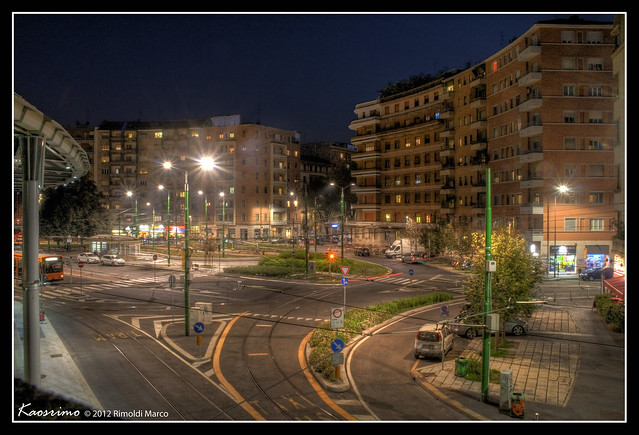
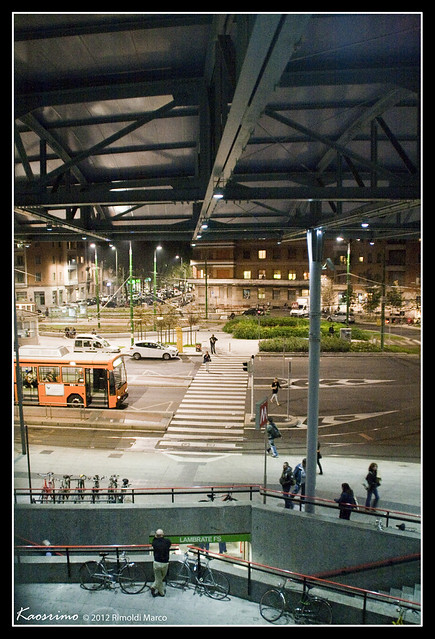


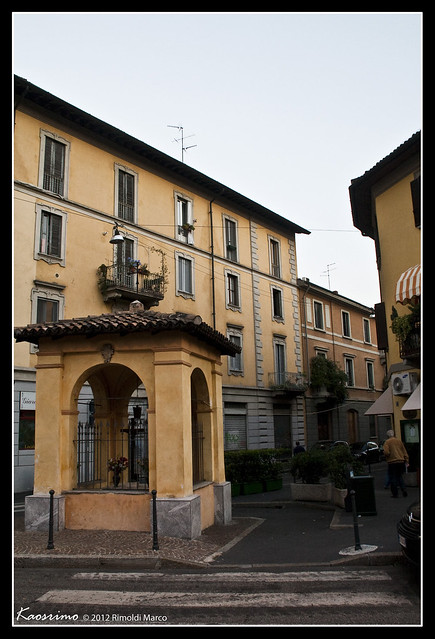
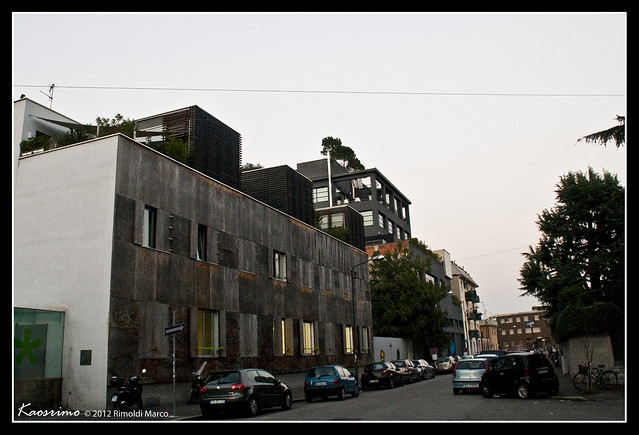
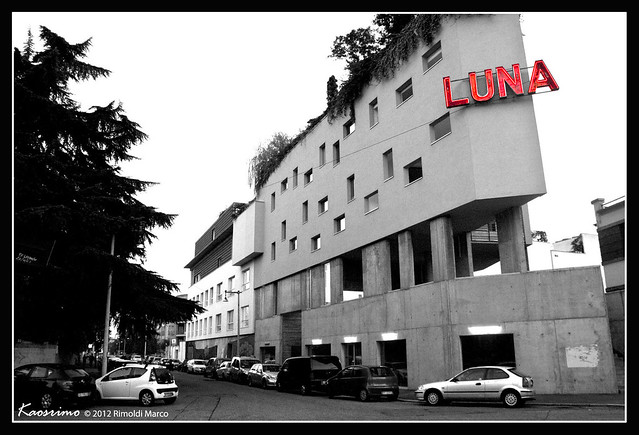
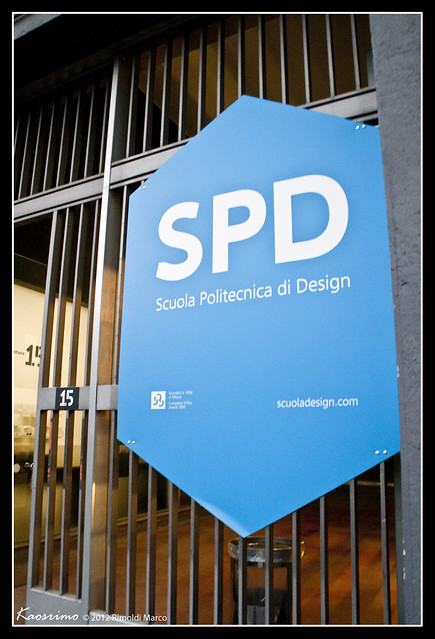
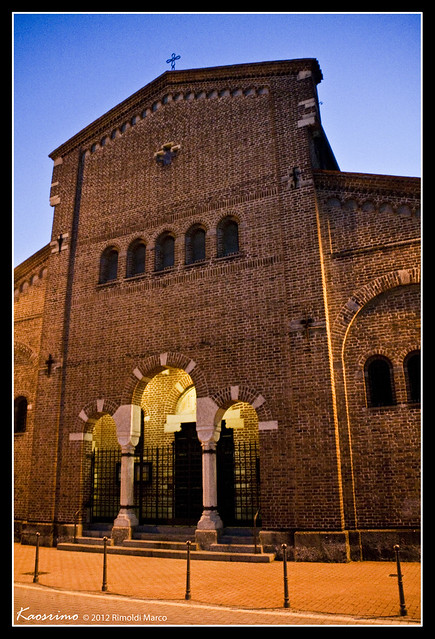
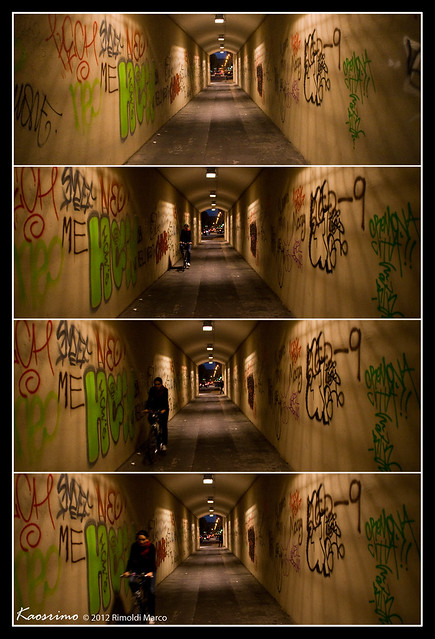
 Alcune parti del testo derivano da una riproduzione o una modifica del testo delle rispettive voci di Wikipedia, pertanto l’intero testo è disponibile secondo la Licenza Creative Commons.
Alcune parti del testo derivano da una riproduzione o una modifica del testo delle rispettive voci di Wikipedia, pertanto l’intero testo è disponibile secondo la Licenza Creative Commons. Some parts of the text are a reproduction or a text editing from the respective Wikipedia article, so the entire text is available under the Creative Commons License.
Some parts of the text are a reproduction or a text editing from the respective Wikipedia article, so the entire text is available under the Creative Commons License.








